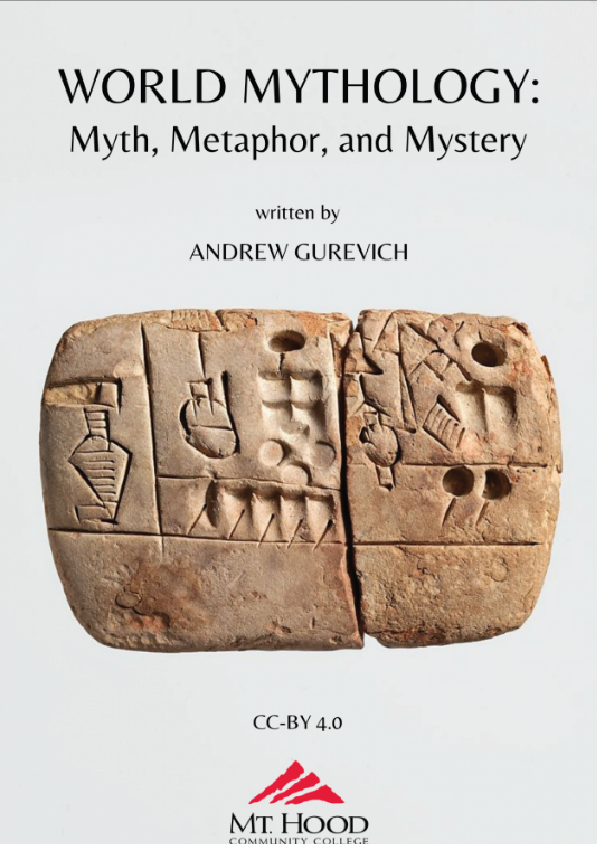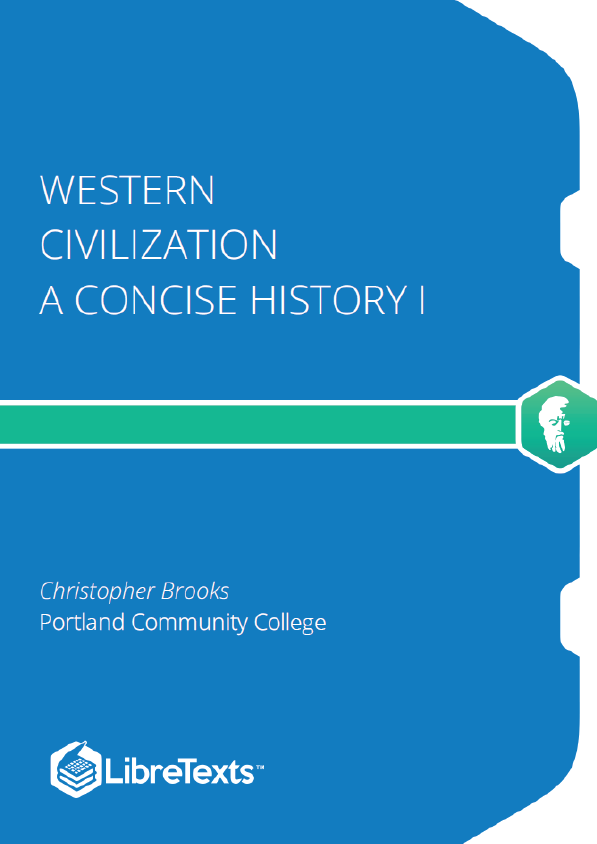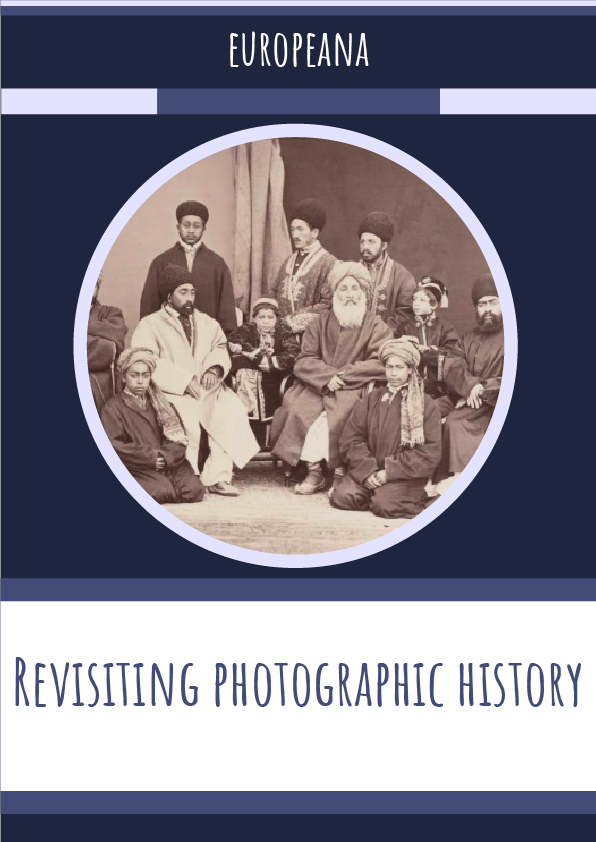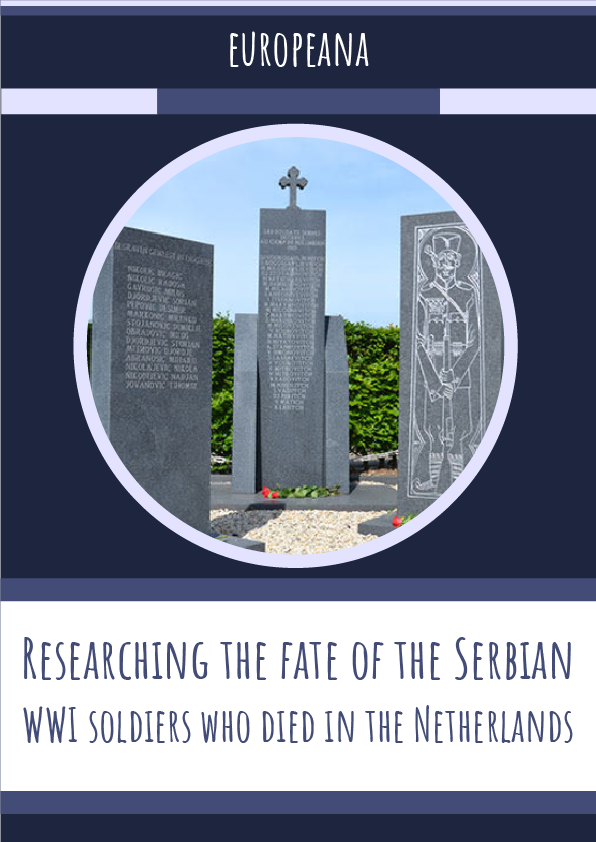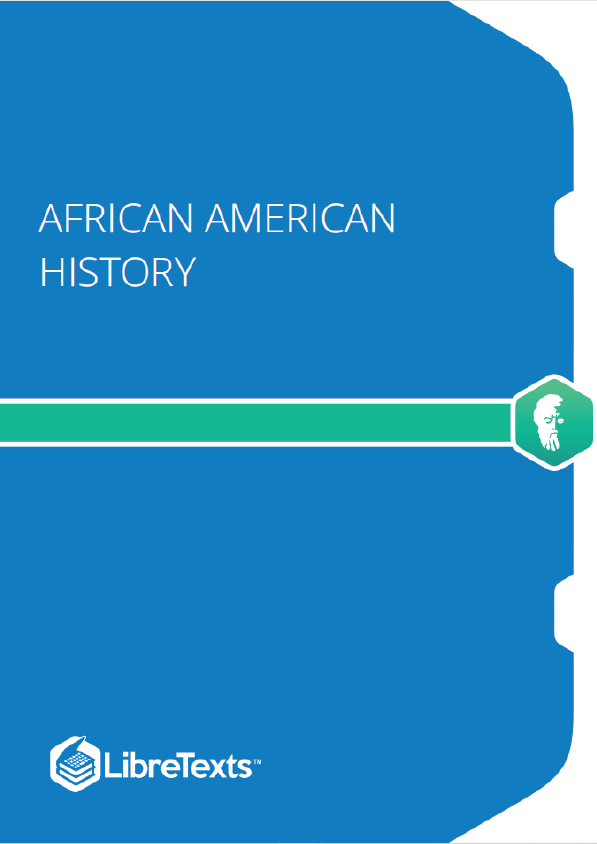This week, we will begin to explore what myth is, no easy question to answer, and also look at some of the ways humans have developed and used their myths. We might discover as we go that the stories and mythological images of our ancestors speak to us today in more relevant and meaningful ways than we thought possible.
First we need to try to define myth. One textbook offers a simple definition at the beginning of the introduction, “Myths symbolize human experience and embody the spiritual values of a culture.” (Rosenberg xiii) The problem with this definition is the phrase “symbolize human experience.” Just what does that mean? It is what myths do, but it doesn’t really give us much in the way of definition.
Joseph Campbell, another somewhat famous scholar and mythologist who we’ll be using often this term, defined myth as follows, “A whole mythology is an organization of symbolic images and narratives, metaphorical of the possibilities of human experience and the fulfillment of a given culture at a given time.”
You will soon see that although most scholars of mythology agree that it is a foundational component of how any society, culture, and individual define themselves, none can agree absolutely on how to define it. But this isn’t really a problem. They may all be right, given the aspects of myth they are emphasizing in their different definitions.
That is why I encourage you to define myth for yourselves during your readings and ponderings.
From the many definitions of myth in books and on the web, we can see that myths have four basic attributes in common:
- They are cultural—they reflect the beliefs and values of a group of people.
- They are sacred—they concern the spiritual or divine aspects of existence that human beings cannot understand.
- They are didactic—they seek to explain the unexplainable, and they teach humans how to behave, live, and relate to each other and the gods.
- They are foundational—they provide basic rules, beliefs, and rituals for a culture to establish shared beliefs and practices.
Cosmological—Its cosmological function is to describe the “shape” of the cosmos, the universe, our total world, so that the cosmos and all contained within it become vivid and alive
What is Mythology?
Joseph Campbell adds that all living myth must serve four primary functions:
Cosmological—Its cosmological function is to describe the “shape” of the cosmos, the universe, our total world, so that the cosmos and all contained within it become vivid and alive for us, infused with meaning and significance; every corner, every rock, hill, stone, and flower has its place and its meaning in the cosmological scheme which the myth provides.
- Mystical—Its metaphysical function is to awaken us to the mystery and wonder of creation, to open our minds and our senses to an awareness of the mystical “ground of being.” Many would say that this is the primary function of myth-to find a way to communicate whatever mystical insight has been gained on the journey: an understanding of the mysteries that underlie the universe; an appreciation of its wonders; the sense of awe or rapture experienced. Since this experience often can’t be communicated directly, myth speaks in metaphors, symbols, and symbolic narratives that aren’t always bound by objective reality.
- Sociological—Its sociological function is to pass down “the law,” the moral and ethical codes for people of that culture to follow, and which help define that culture and its social structure.
- Psychological—Its psychological (or pedagogical) function is to lead us through particular rites of passage that define the various significant stages of our lives-from dependency to maturity to old age, and finally, to our deaths, the final passage. These rites of passage bring us into harmony with the “ground of being” (a term used by Campbell to refer to an unnamed, unspecified universal mystical power) and allow us to make the journey from one stage to another with a sense of comfort and purpose.
